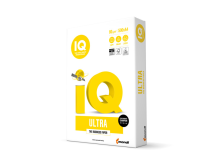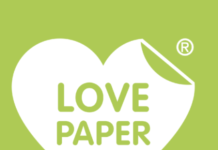As the world of communication continually shifts towards digital, many consumers are being given a message that this is better for the environment. This latest Two Sides survey provides an insight into how consumers view these initiatives, including the environmental impacts of digital versus paper-based communications, and how they perceive and use paper in their daily lives.
Organisations and governments are increasingly driving communications online and either withdrawing paper-based documents such as bills and statements, charging consumers who wish to receive them, or making paper more difficult to access.
Carried out by international research company Toluna in June 2016, the survey questioned more than 7000 consumers worldwide (528 of them in the UK). Among the findings, the survey reveals that many consumers want to retain the choice of using print and paper, at no additional cost, and that many question or feel misled by ‘go paperless – go green’ and similar greenwash claims – believing cost savings to be the primary driver for organisations looking to phase out paper-based communications.
Although there are concerns about the environmental impacts of print and paper, many respondents prefer paper-based communications to digital options for a variety of reasons, including ease of reading and a lack of internet access. A large majority recognise that paper-based communications can be a sustainable way to communicate when produced and used responsibly, including recycling.
More education is needed to raise awareness about the industry’s positive environmental message related to sustainable forest management and recycling. For example, despite European forests growing in size (44000 square kilometres – an area bigger than Switzerland in the past 10 years or the equivalent of 1500 football pitches a day), 65% of UK respondents perceive that European forests are shrinking. The majority of respondents do not know that paper is one of the most recycled products in Europe with recovery rates of 72%.
There is a preference for print on paper in all age groups, indicating a more fundamental and more human way that we react to the physicality of print on paper.
Compared to the 2011 Two Sides surveys, the following positive trends are apparent showing that messages from the industry are gaining traction:
• 79% agreed that print on paper is more pleasant to handle and touch when compared to other media (compared to 70% in 2011).
• 73% agreed that paper is based on a renewable resource (65% in 2011).
• 16% believe that our forests have either stayed the same or increased in size (vs. 10% in 2011).
• 31% believe that the paper industry has a higher than average recycling rate (25% in 2011).
• 14% have seen adverts related to the effectiveness and sustainability of print and paper (vs. 8% in 2011), and a large majority rated the ads as credible and useful.





















